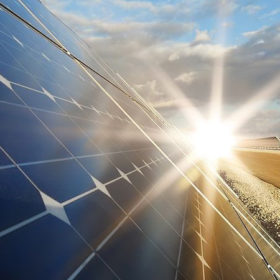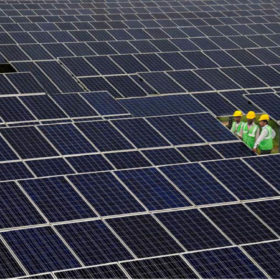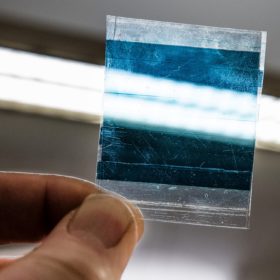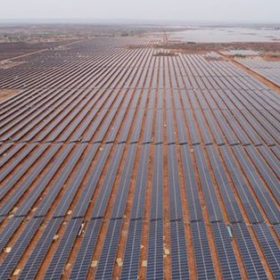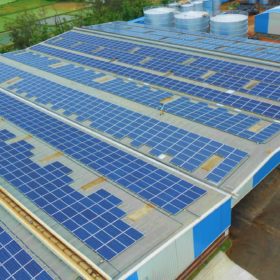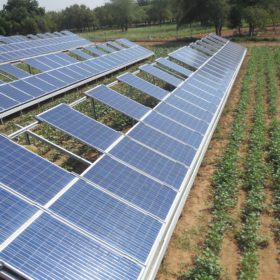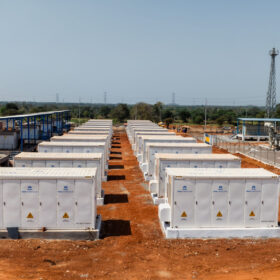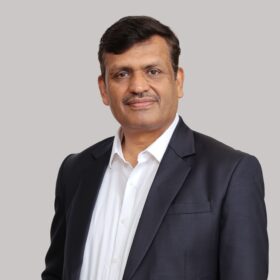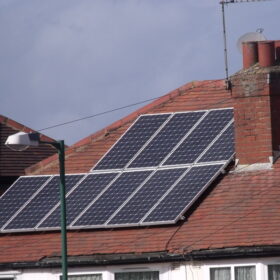CSIR-CMERI develops solar artifacts
The aesthetically appealing 1 KWp, 3 KWp and 5 KWp artifacts can be installed at public places like beaches and parks to provide electrical power for different loads.
India to fall well short of 175 GW renewables target
A report by Indian ratings agency CRISIL points to a rising rate of tender failures, an inconsistent policy approach from central and state governments and restrictive solar energy tariff caps and says India could have just 104 GW of renewables capacity by 2022.
SECI tenders 500 quantities of solar cooking systems
Bids are invited for design, supply, installation and commissioning of solar home cooking systems in five districts of different states (Meghalaya, Chhattisharh, Jharkhand, Uttar Pradesh and Gujarat). Bidding closes on November 8.
Danish researchers bring some color to rooftop PV
Scientists led by the Technical University of Denmark have begun a project to design solar cells that can be produced in different colors with minimal effect on performance, making them suitable for building-integrated and other applications with aesthetic considerations.
Another bidding extension for 275 MW Uttar Pradesh tender
The state government has set a solar power target of 10,700 MW by 2022 and 23,500 MW by 2030. The latest extension by Solar Energy Corporation of India is second in line for the 275 MW project which was announced in August.
Gujarat tenders for 100 battery-operated school vans
Manufacturers have been invited to compete for the tender by submitting expressions of interest by October 22. The vehicles must be ready to hit state roads by the end of March.
REIL tenders 50 MW ‘RESCO mode’ solar projects across India
November 2 is the bidding deadline for grid-connected rooftop and small solar power plants that shall come up in government buildings across different states and union territories of India.
System integrators must be allowed for KUSUM projects: NSEFI
Further, the lobby group has asked the ministry to remove the domestic content requirement for solar cells at least for the first year, while also highlighting the need to specify standards or guidelines for setting up of agrivoltaics systems in farm lands.
Australia’s Townsville battery gigafactory reaches new milestone
Plans to develop an 18 GWh lithium-ion battery factory in northern Queensland have reached an important milestone with the project feasibility study submitted to the Queensland government.
Shell acquires 20% stake in Orb Energy
The fossil fuel giant, like many of its global peers, is making inroads into renewable energy activity and has invested an unspecified amount in becoming a significant shareholder in a business which installs rooftop PV systems for commercial and industrial clients.
